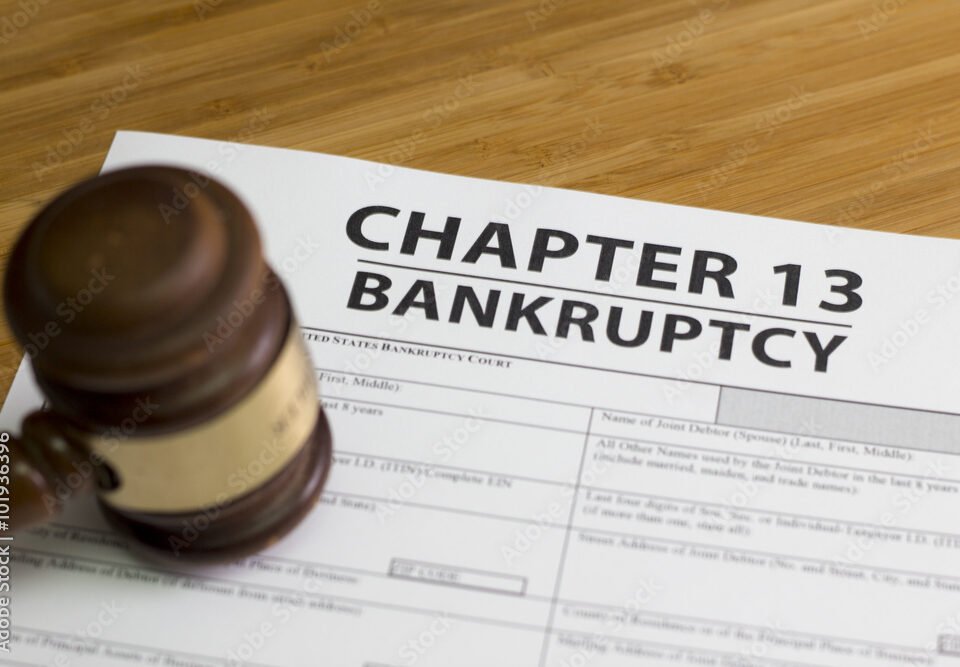Bankruptcy may seem like a big, scary word.
But guess what? It’s not as confusing as it sounds! In fact, there are different types you should know about. This easy-to-understand guide will help you learn more about how many types of bankruptcies are there.
And don’t worry, we’ll keep it simple so that you can grasp the info easily. Ready to dive in? Let’s go!
Table of Contents
Chapter 7 Bankruptcy: The Most Common Type
Chapter 7 bankruptcy is the most common type of bankruptcy – and for good reason. It’s a relatively simple process that allows individuals or businesses to eliminate their debts. In this type of bankruptcy, a trustee will liquidate (sell) the debtor’s non-exempt assets and distribute the proceeds to creditors.
This type of bankruptcy involves liquidating assets to pay off debts. It’s typically used by individuals or small businesses that have a high amount of debt and little to no disposable income. In other words, they don’t have enough money left over after paying for their basic living expenses to make regular payments on their debts.
Chapter 13 Bankruptcy: The Repayment Plan
Unlike Chapter 7, it allows individuals to keep their assets and pay back their debts over three to five years. It’s often used by individuals who have a steady income but are struggling to keep up with debt payments.
Chapter 13 bankruptcy is also known as a “wage earner’s plan” because it allows individuals with regular income to pay off their debts over three to five years. Unlike Chapter 7, the individual can keep their assets while making payments to creditors based on an approved repayment plan.
Chapter 11 Bankruptcy: Business Reorganization
Chapter 11 bankruptcy is primarily used by businesses to reorganize their debts and stay in operation. It allows for a business to continue operating while creating a repayment plan to satisfy creditors.
Chapter 11 bankruptcy is primarily used by businesses to reorganize their debts and continue operating. It allows the business to come up with a plan to repay creditors and avoid problems while still managing its operations.
Chapter 12 Bankruptcy: Designed for Farmers and Fishermen
Designed for family farmers and fishermen, Chapter 12 bankruptcy is similar to Chapter 13 but has higher debt limits. It also allows for a longer period (up to five years) to repay debts.
Chapter 12 bankruptcy is specifically designed for family farmers and fishermen who have a regular annual income. Similar to Chapter 13, it allows for a repayment plan over three to five years. However, it has higher debt limits and longer time periods to repay debts.
Explore How Many Types of Bankruptcies Are There
Now that you know more about the different types, you may be wondering how many types of bankruptcies are there. Well, to be technical, there are six types of bankruptcies in the United States.
Understanding bankruptcy is important for anyone who may be struggling with debt or facing financial difficulties. By learning about the types of bankruptcies available, individuals and businesses can make informed decisions about their financial futures.
Did you find this bankruptcy guide helpful? Check out the rest of our blog for more!










